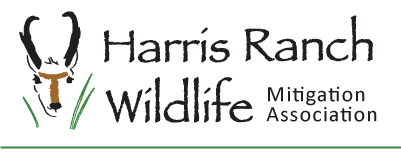
- Home
- Elk
Elk
Elk seem to prefer mountainous country with mixed open, grassy meadows, marshy meadows, river flats, aspen parkland, as well as coniferous forests, brushy clearcuts, forest edges, and shrub steppe. Some populations live year-round in sagebrush desert, using grass-shrub for feeding and tall shrub or pole timber for resting in spring. They feed in clearcuts and shrub fields and rest in pole timber in summer and stay in mesic (moderate moisture) pole timber in the autumn (Streubel 2000). Elk habitat varies greatly according to location. They are primarily a grazing species, relying of grasses for most of the year, but they also consume forbs in summer, and may browse on willow and aspen where grasses are unavailable, especially during winter months. The BRWMA supports approximately 500 elk during the winter.
Elk migration to winter range is very similar to mule deer from the Boise Mountains. However, there is a resident elk population that uses the Boise Front throughout the year. The number of elk that use the BRWMA is far fewer than mule deer, but the winter habitat is just as important. In Idaho, and throughout the northern Rockies, herds move to lower elevations in winter to feed. Individuals exhibit a high fidelity to their home range, but may abandon it if they are excessively disturbed (Streubel 2000).